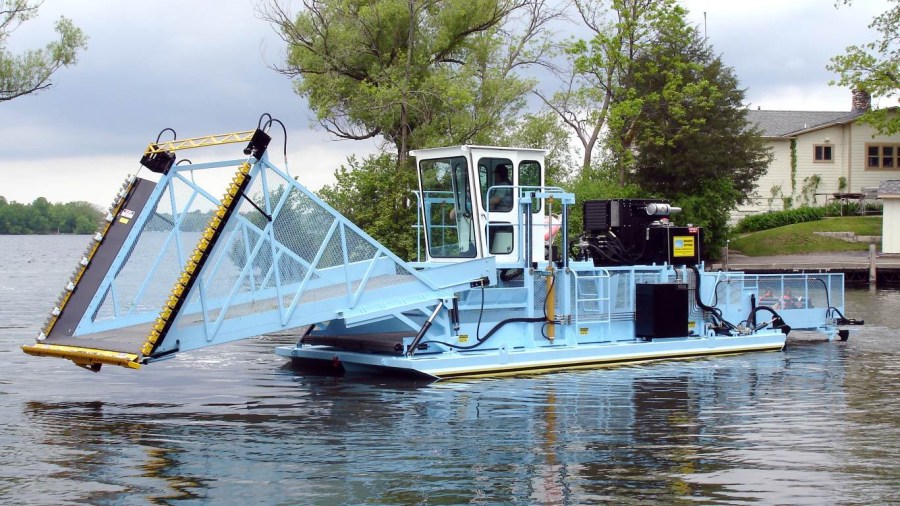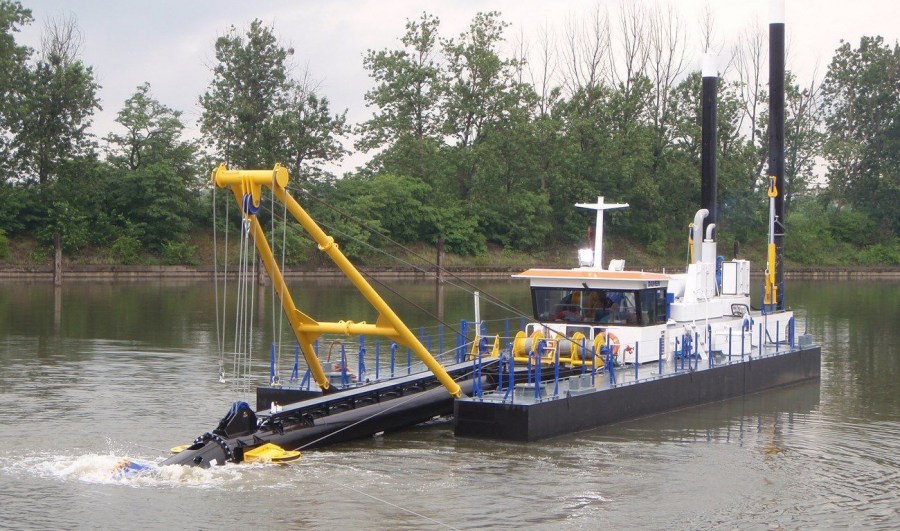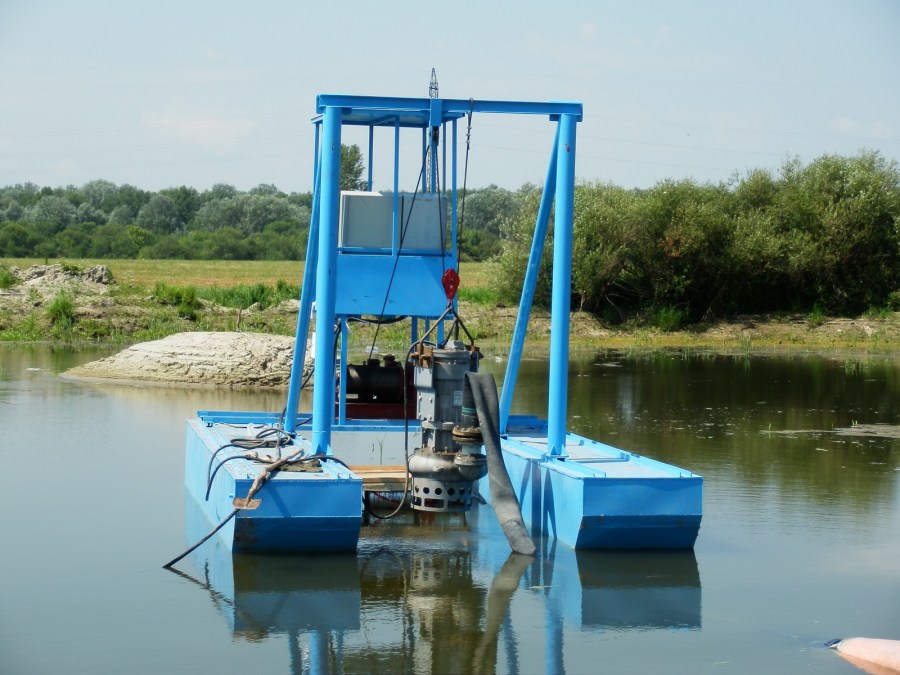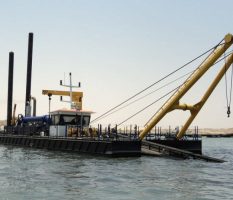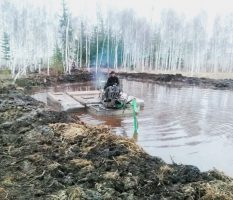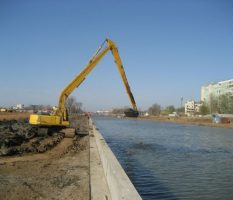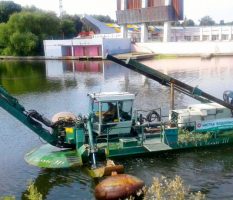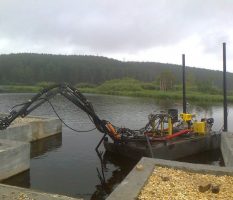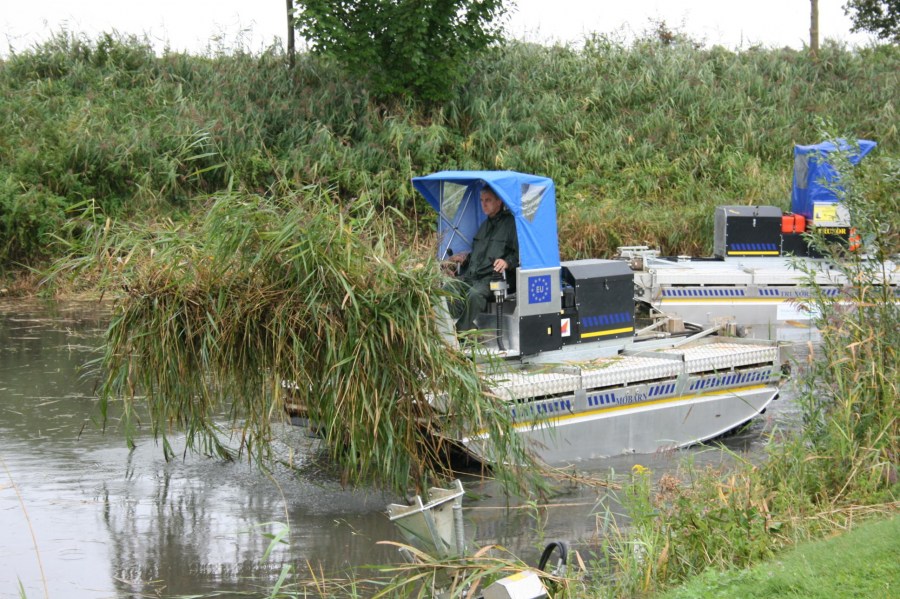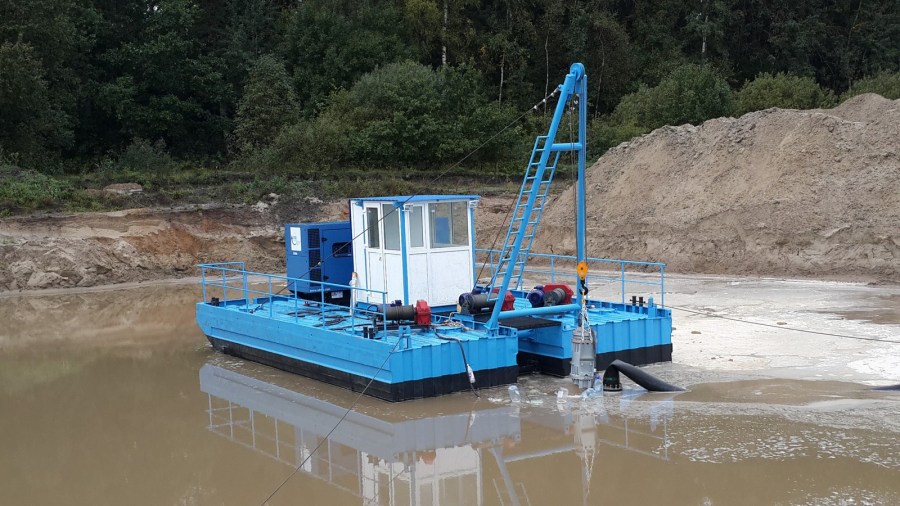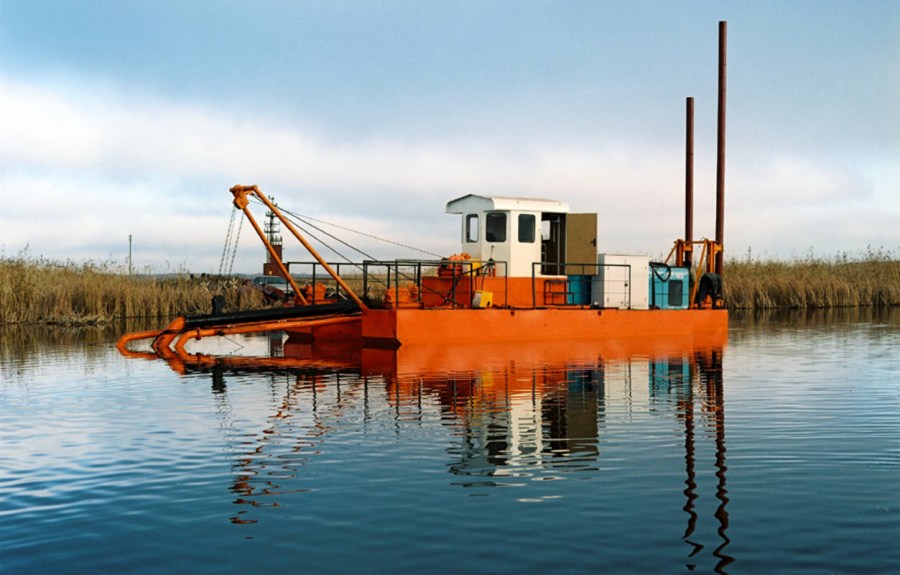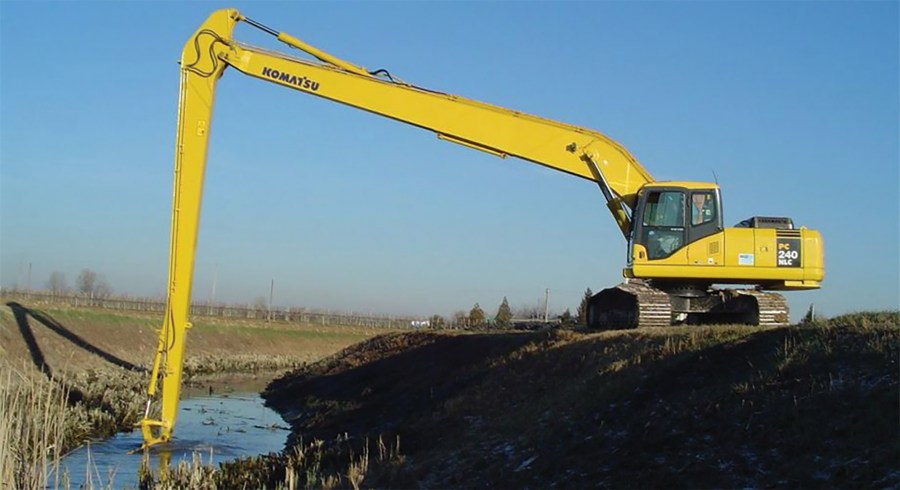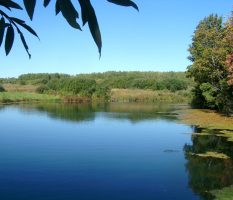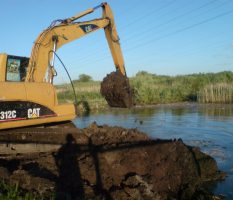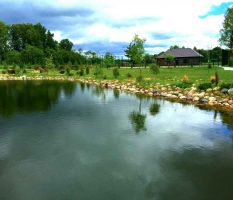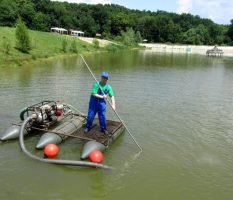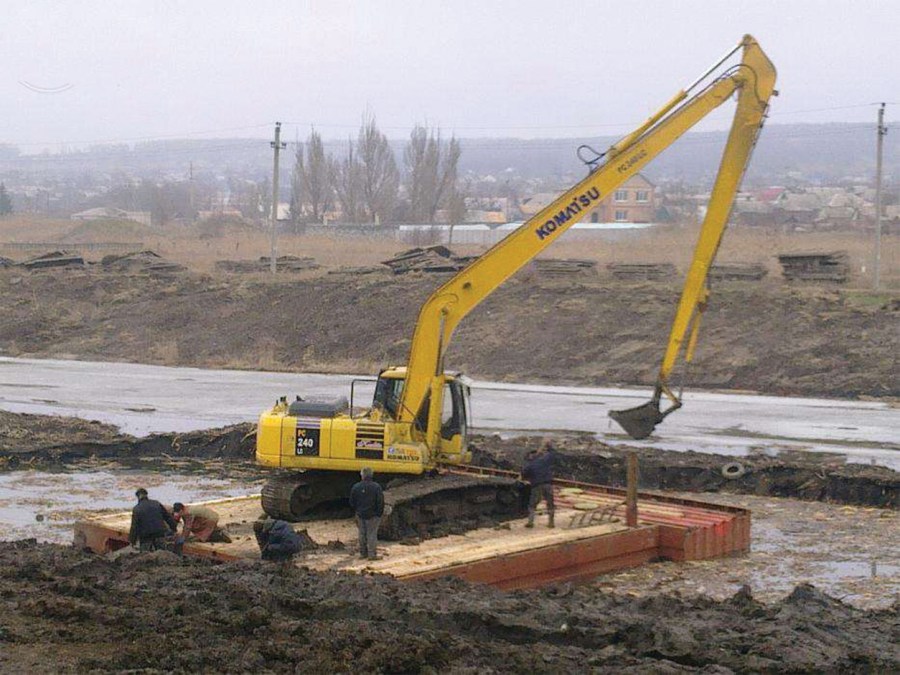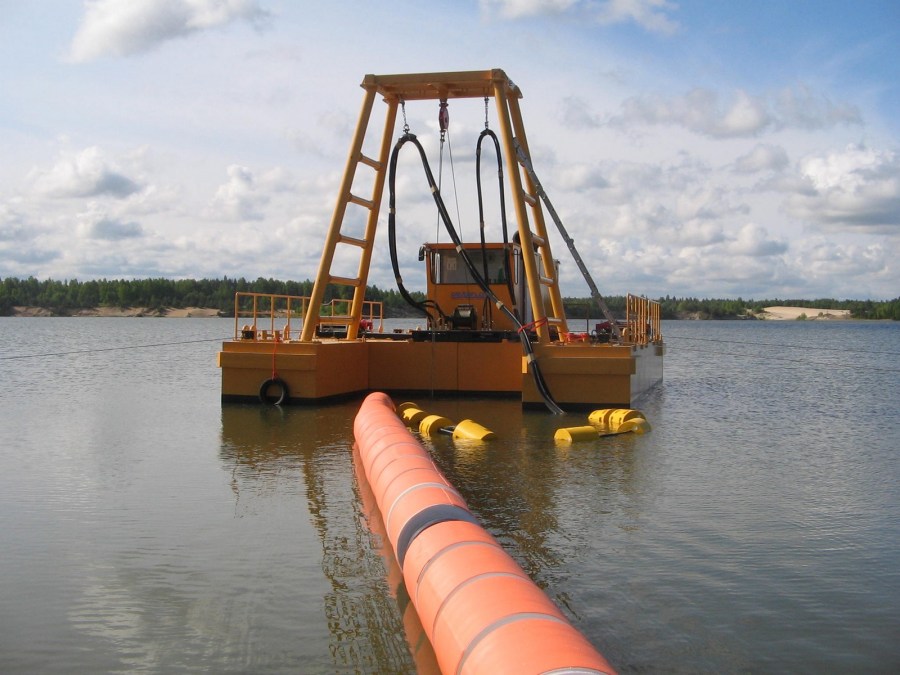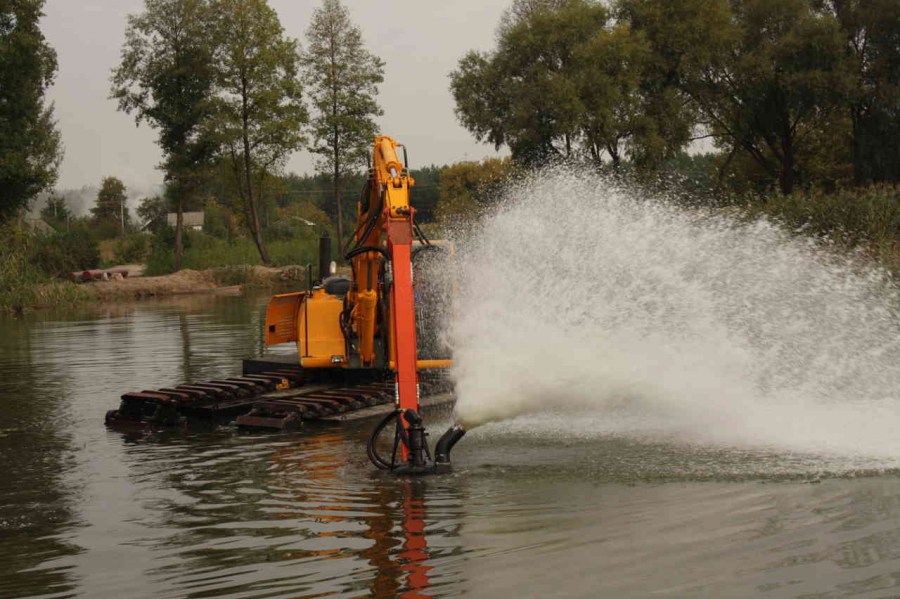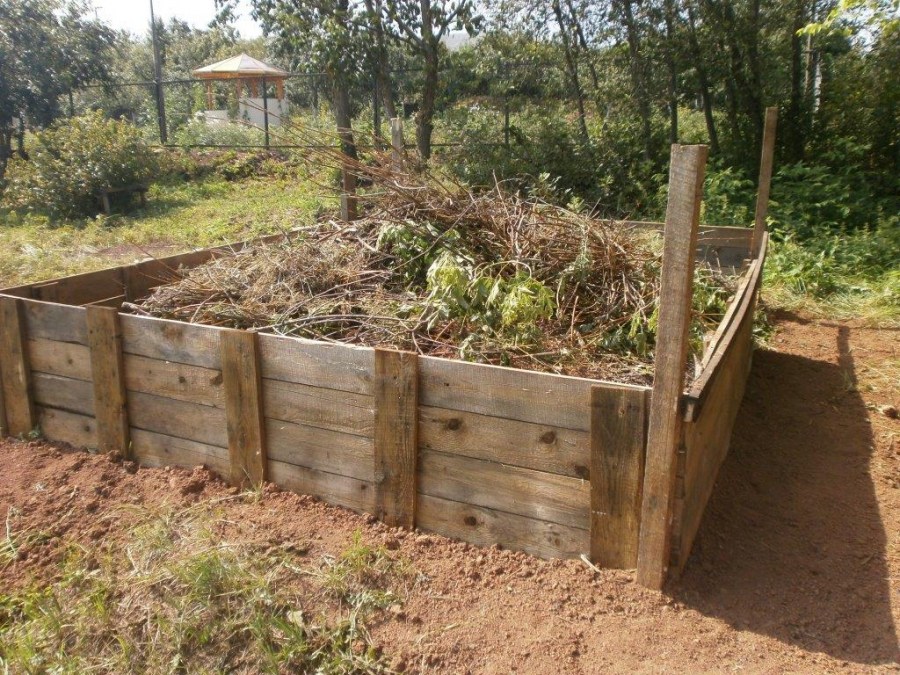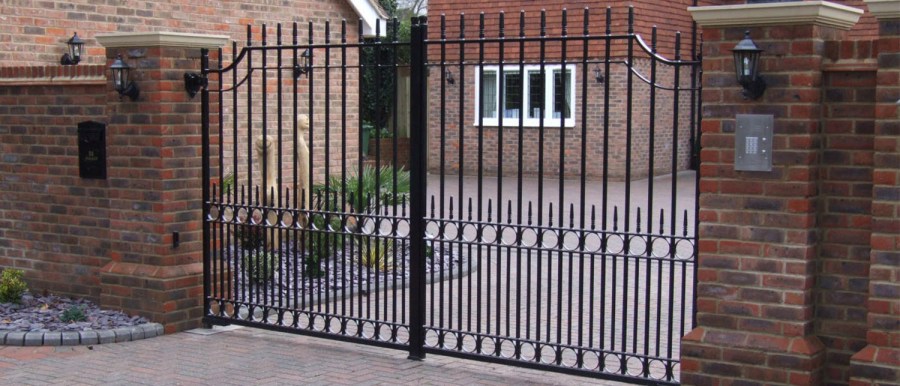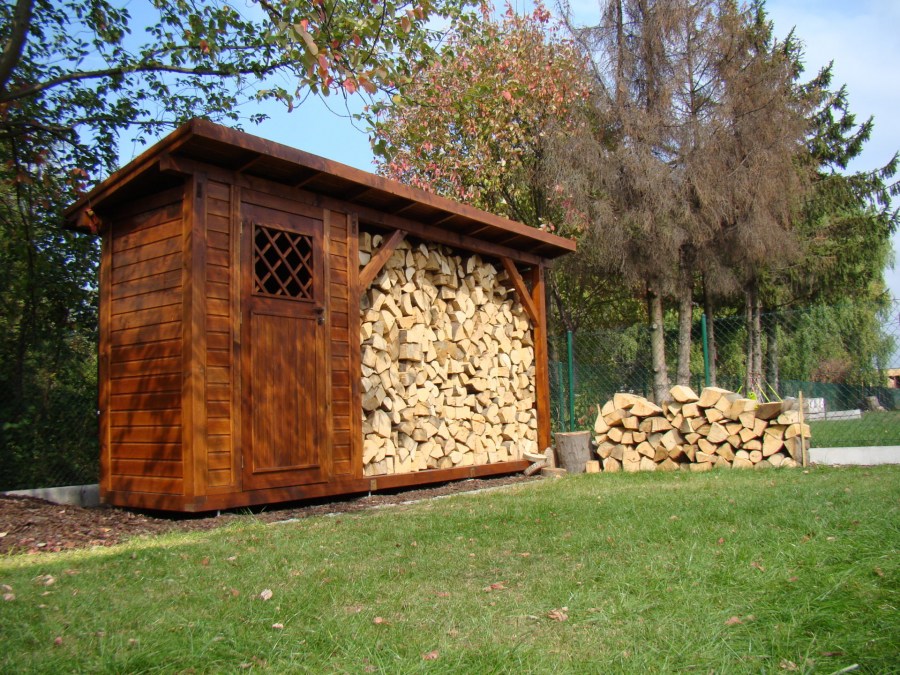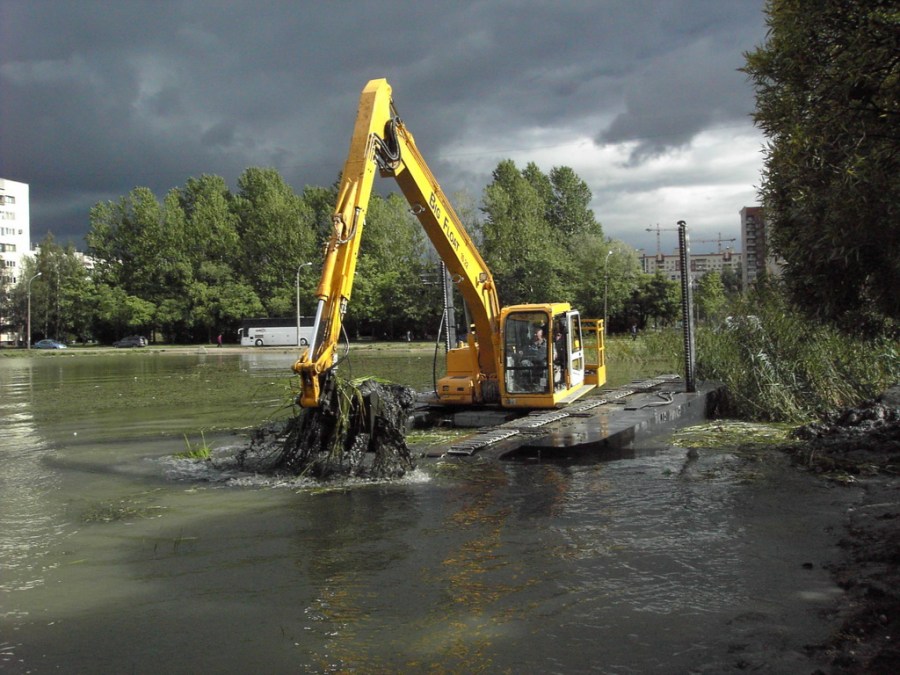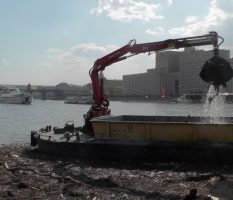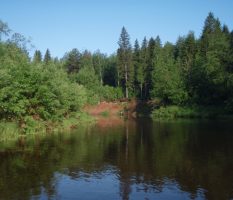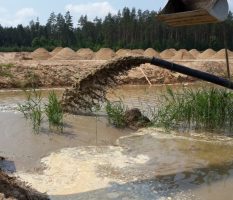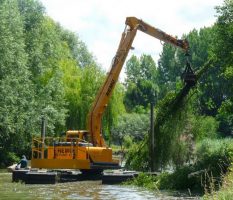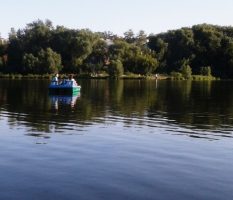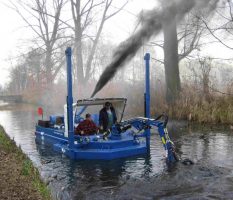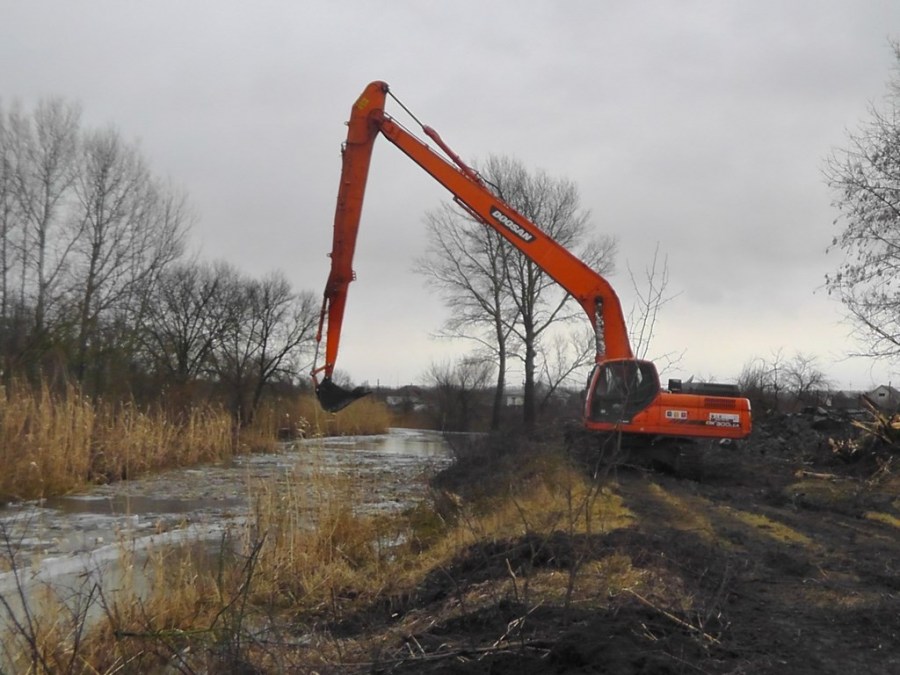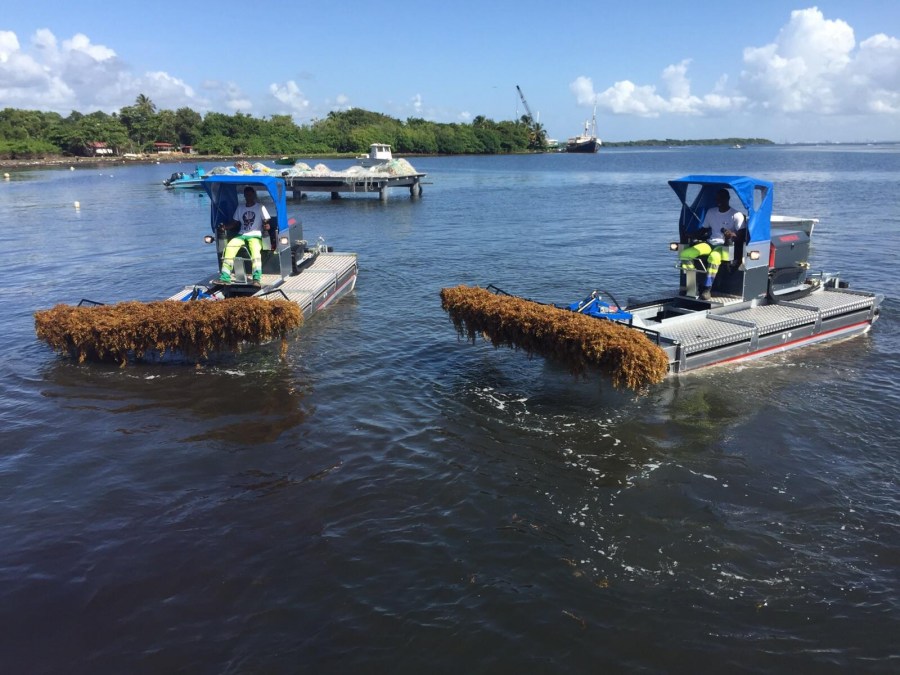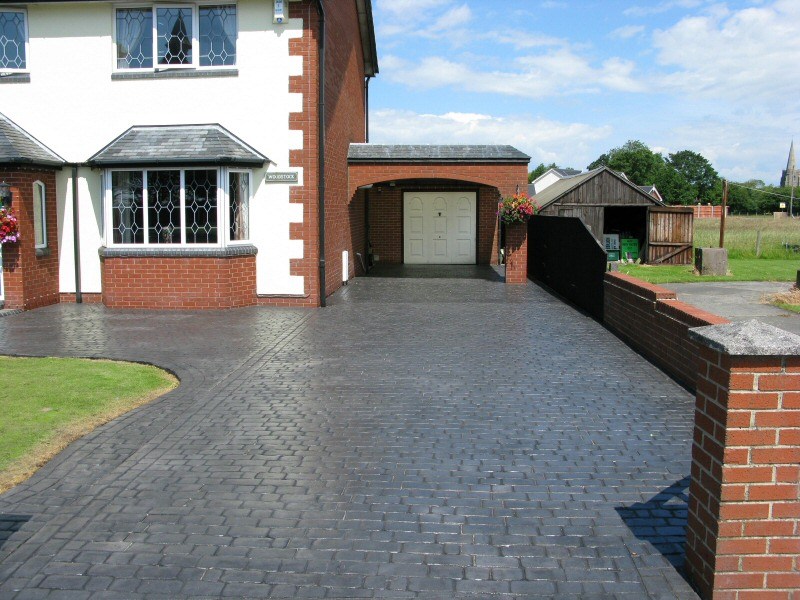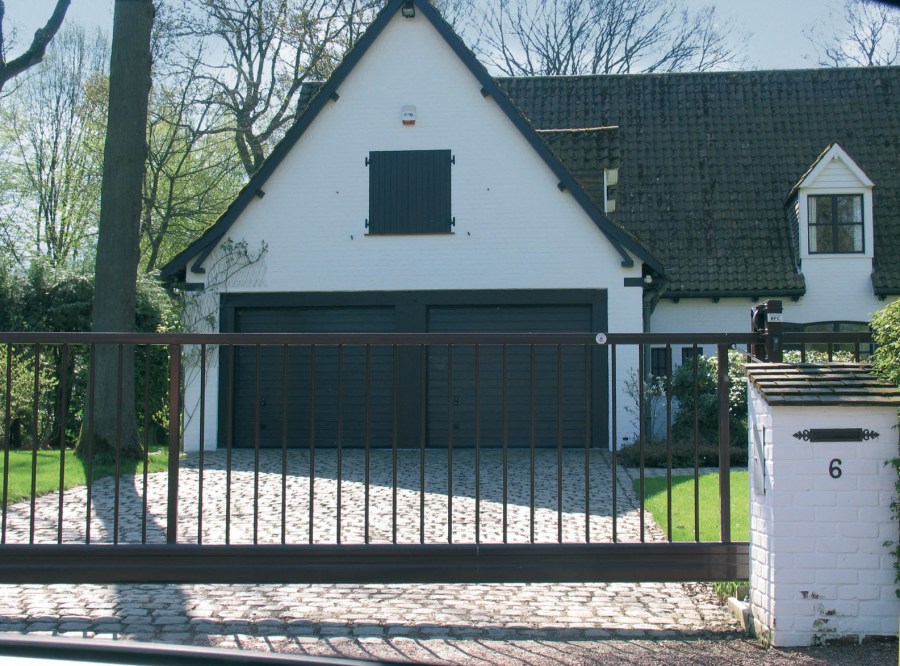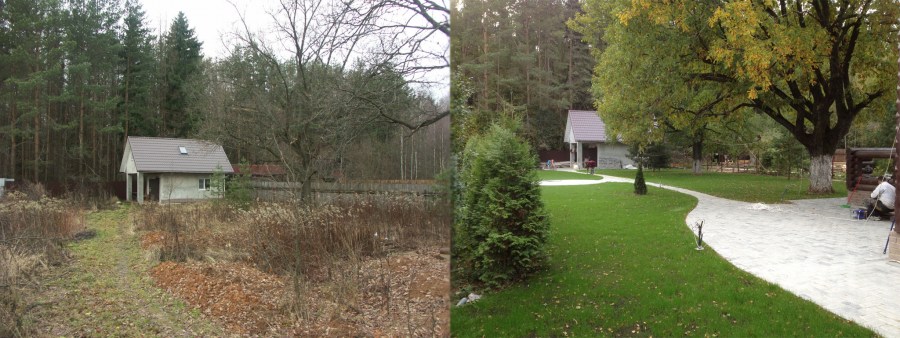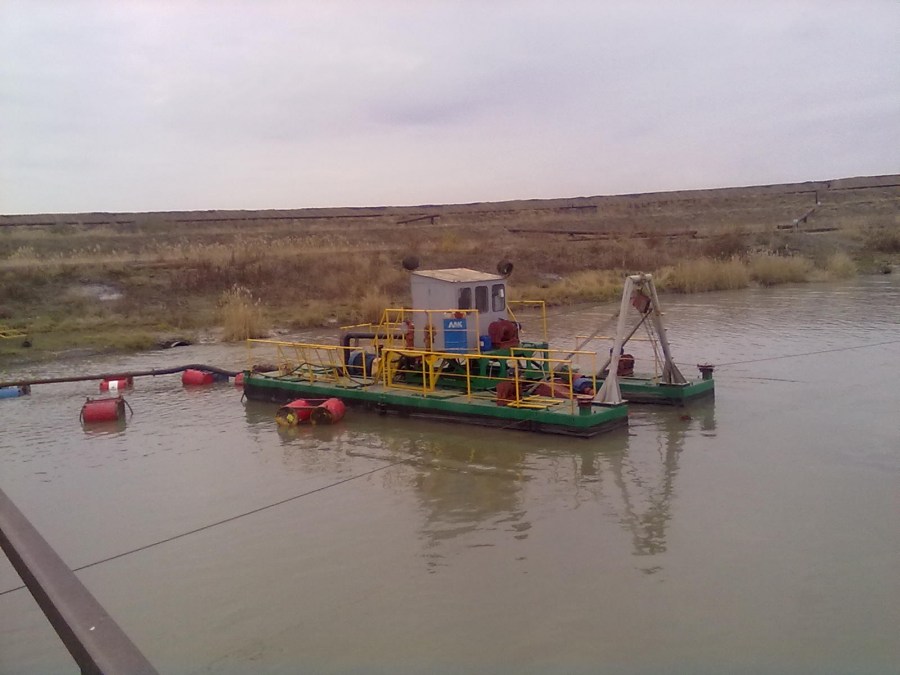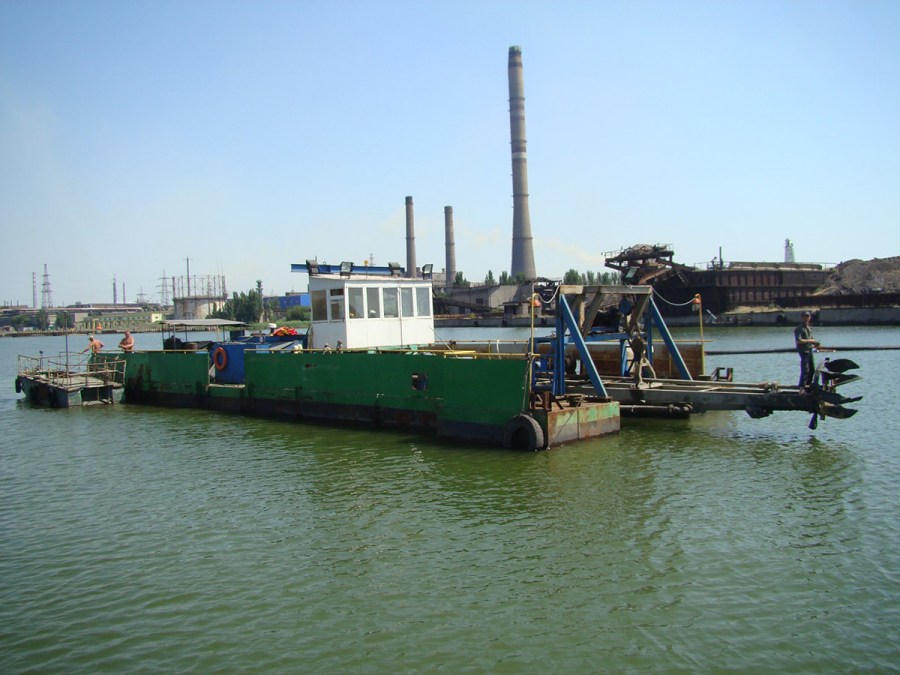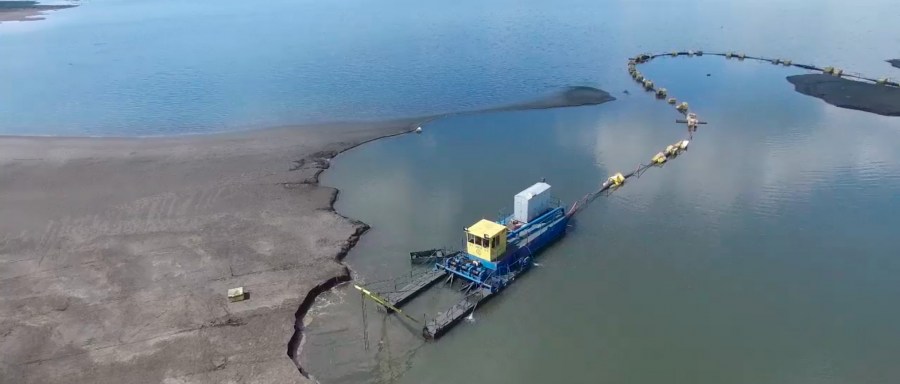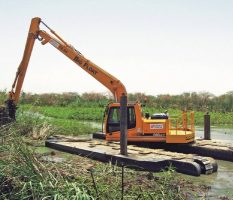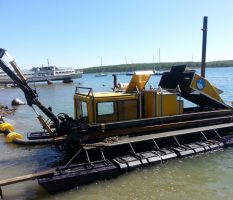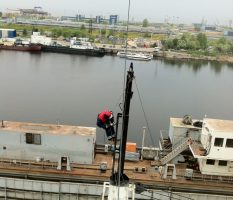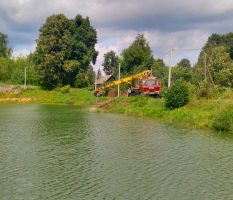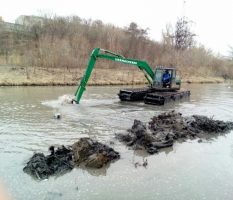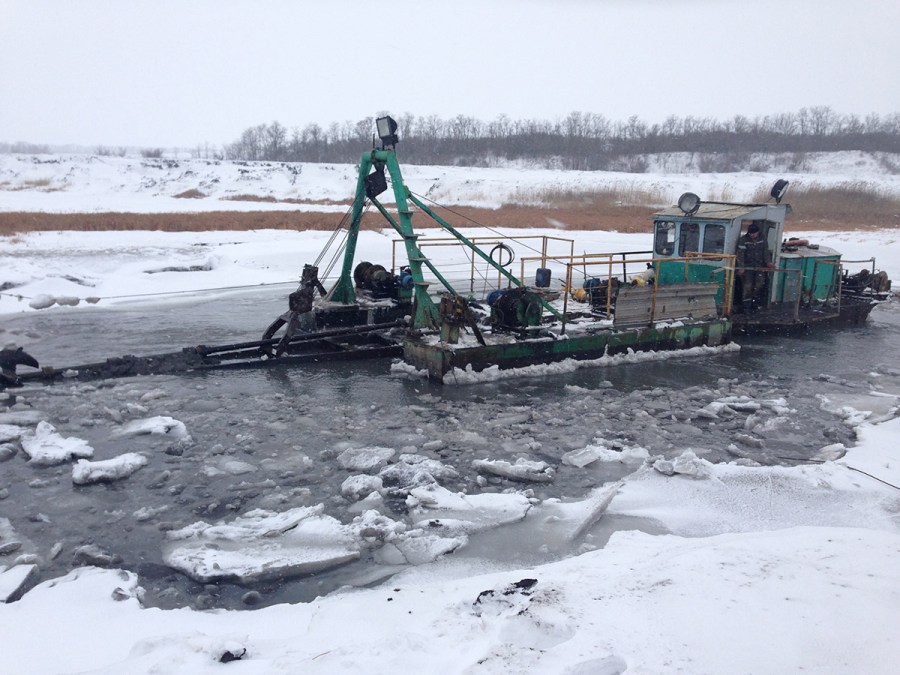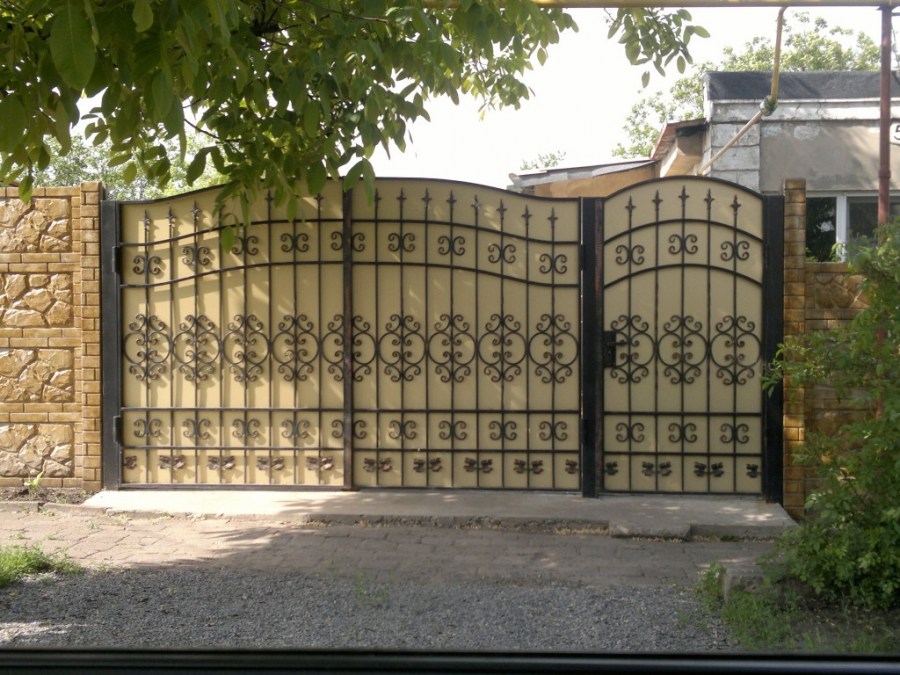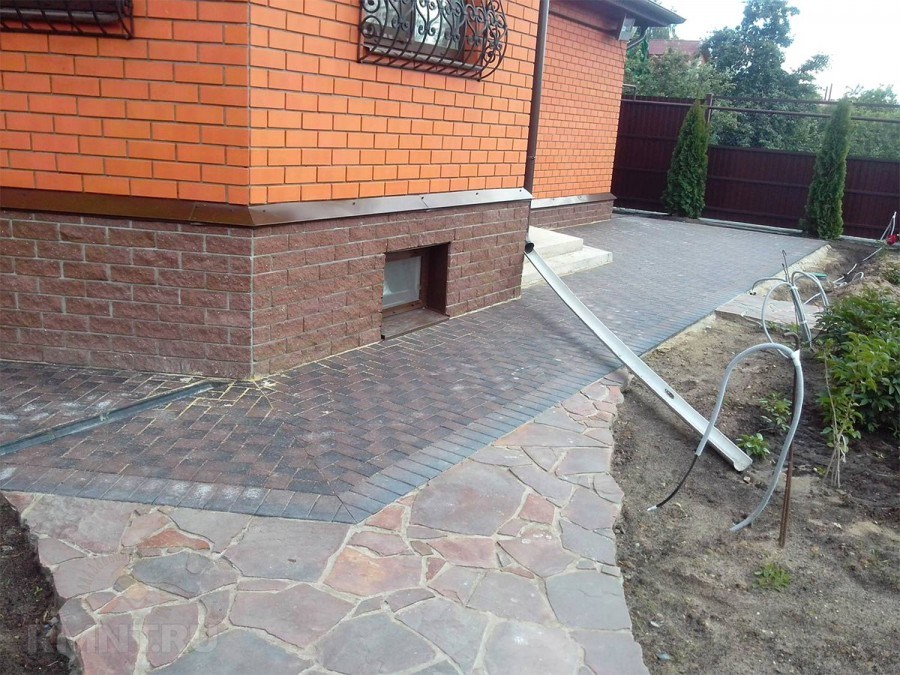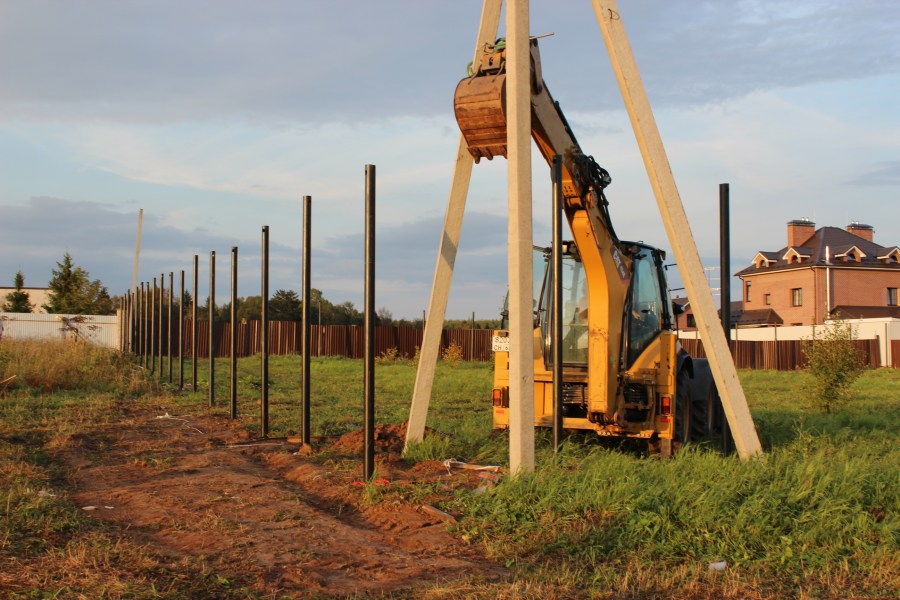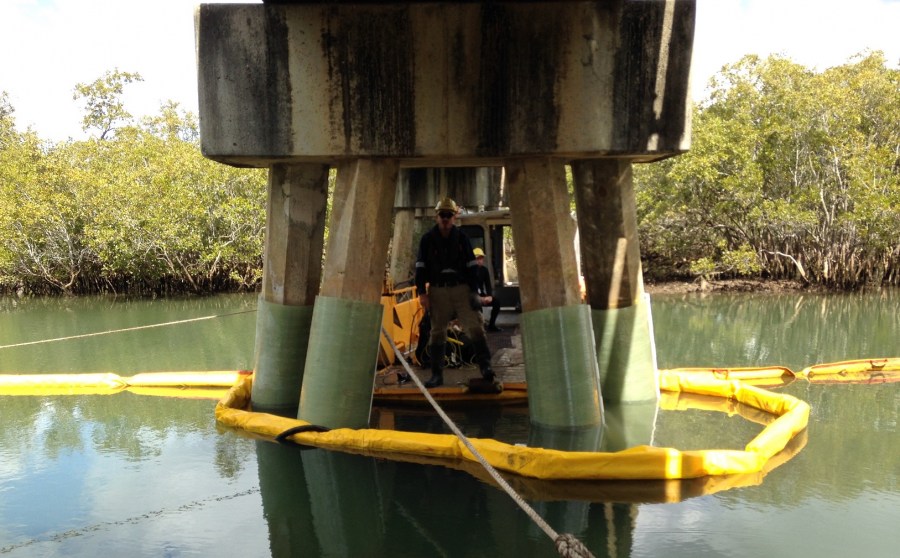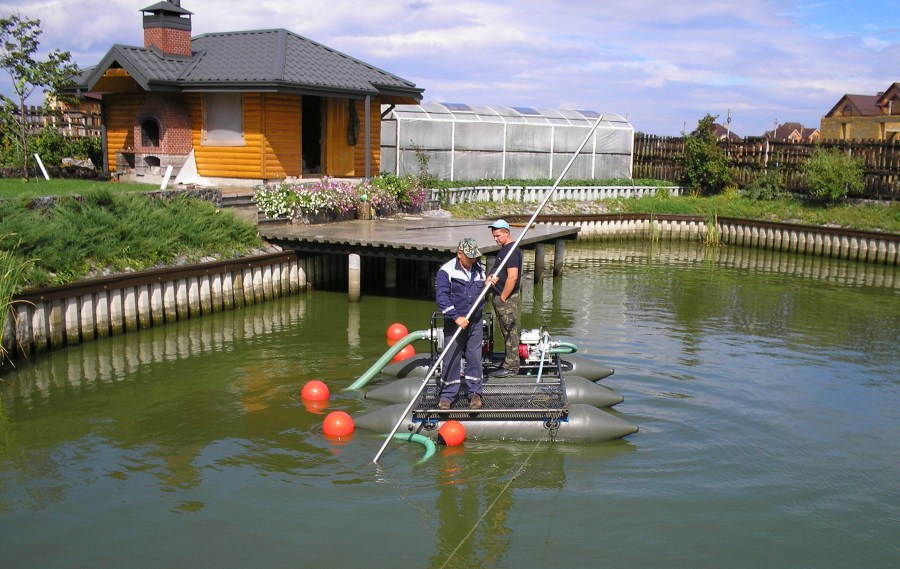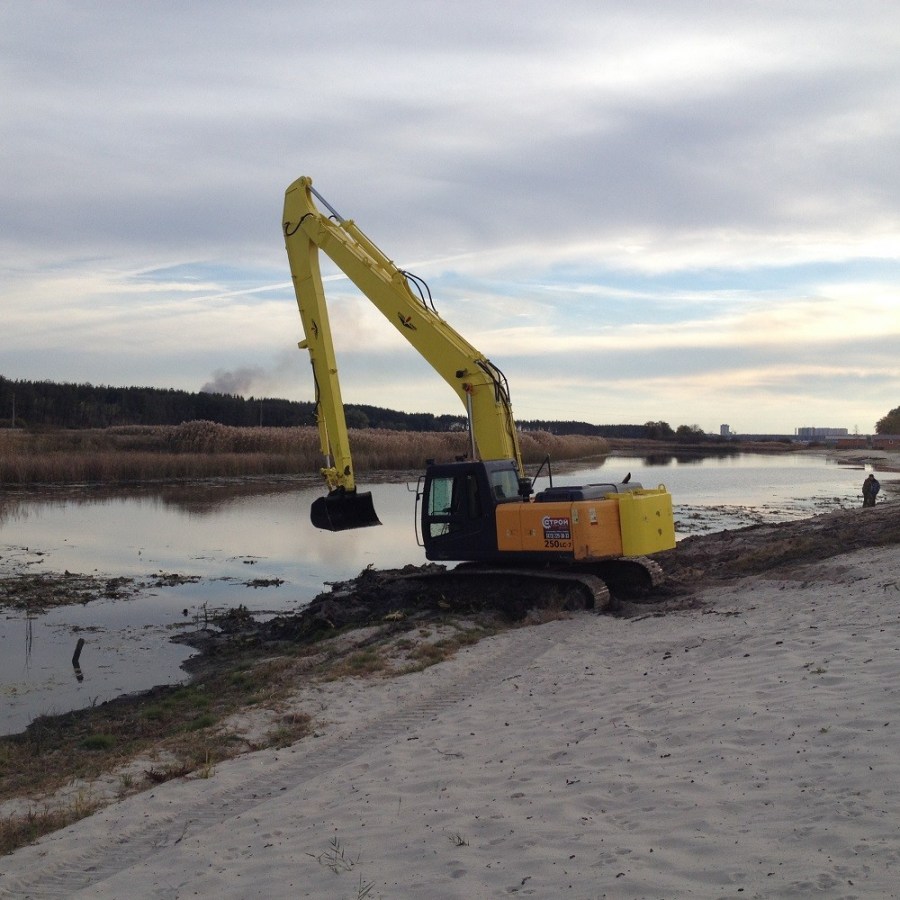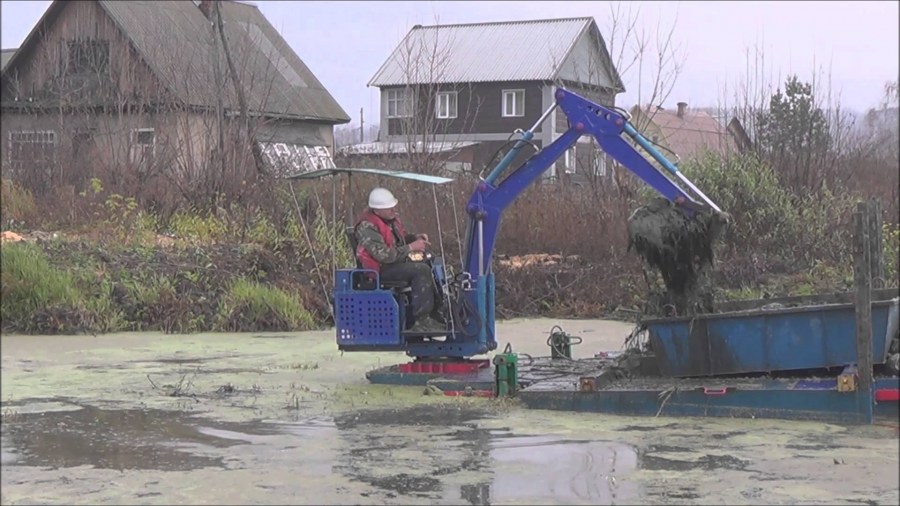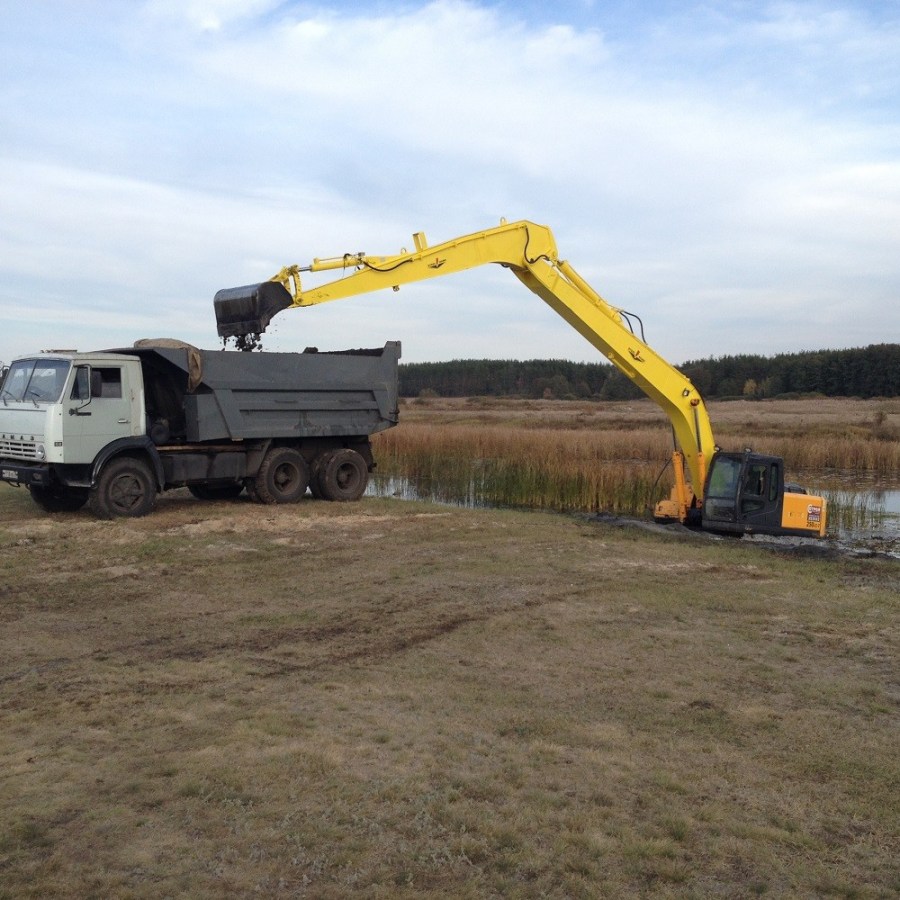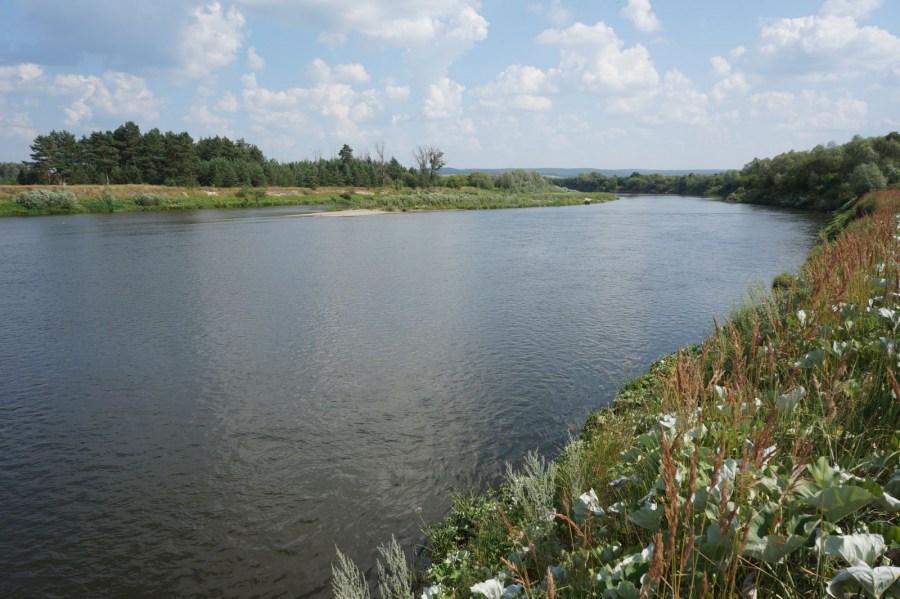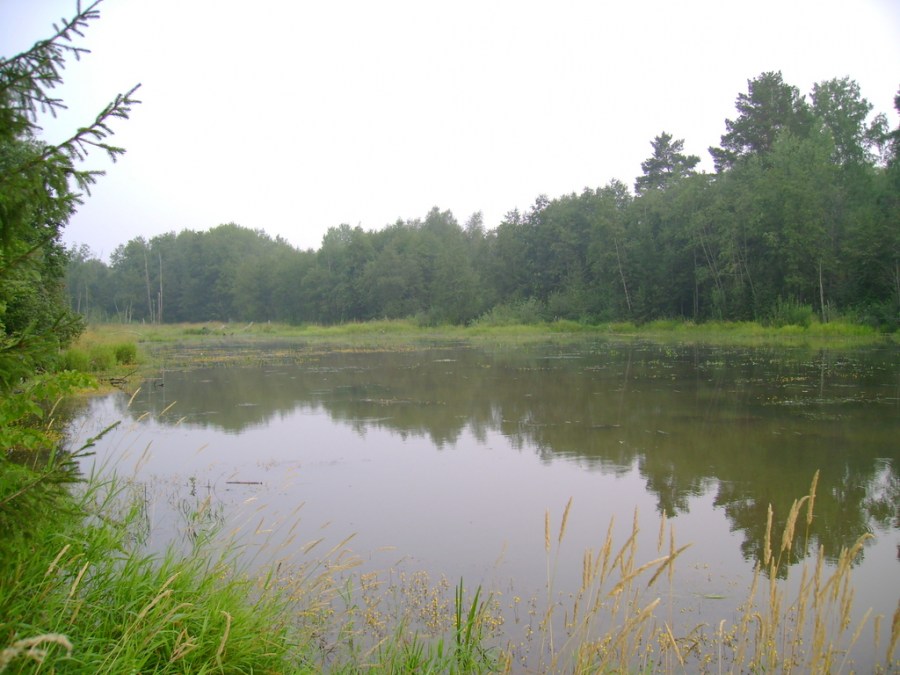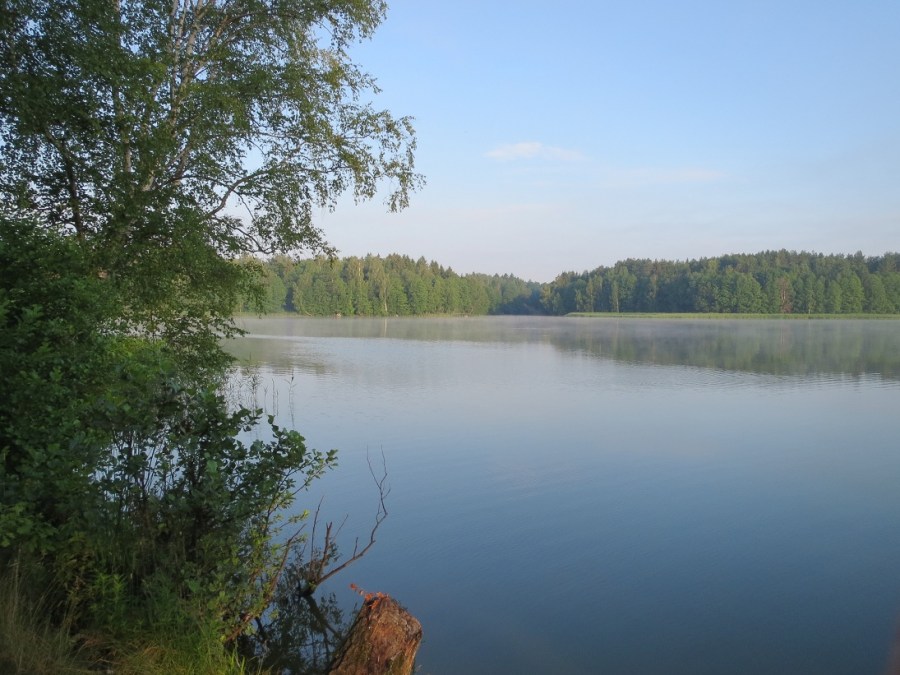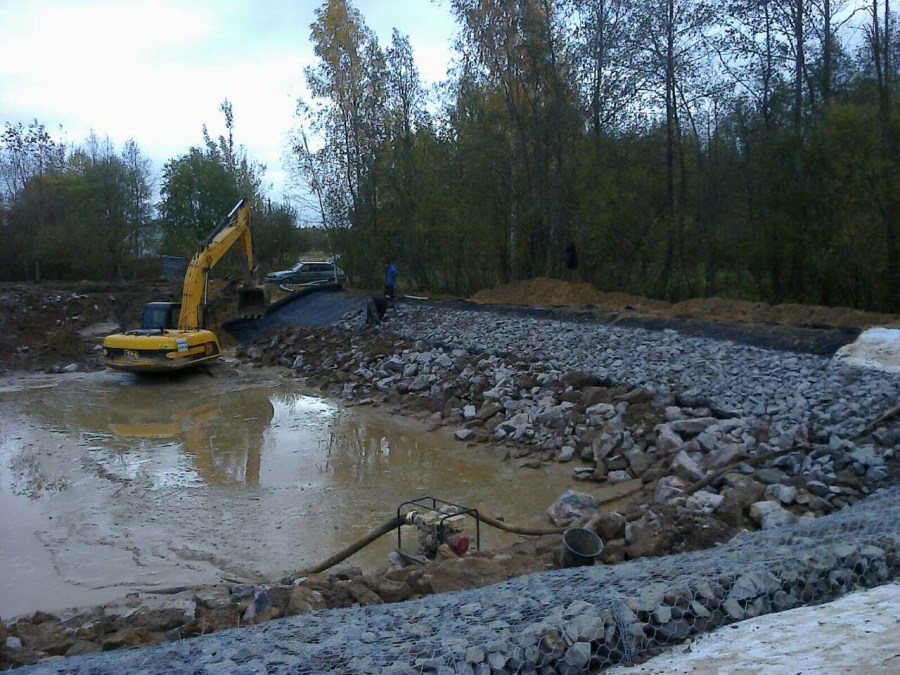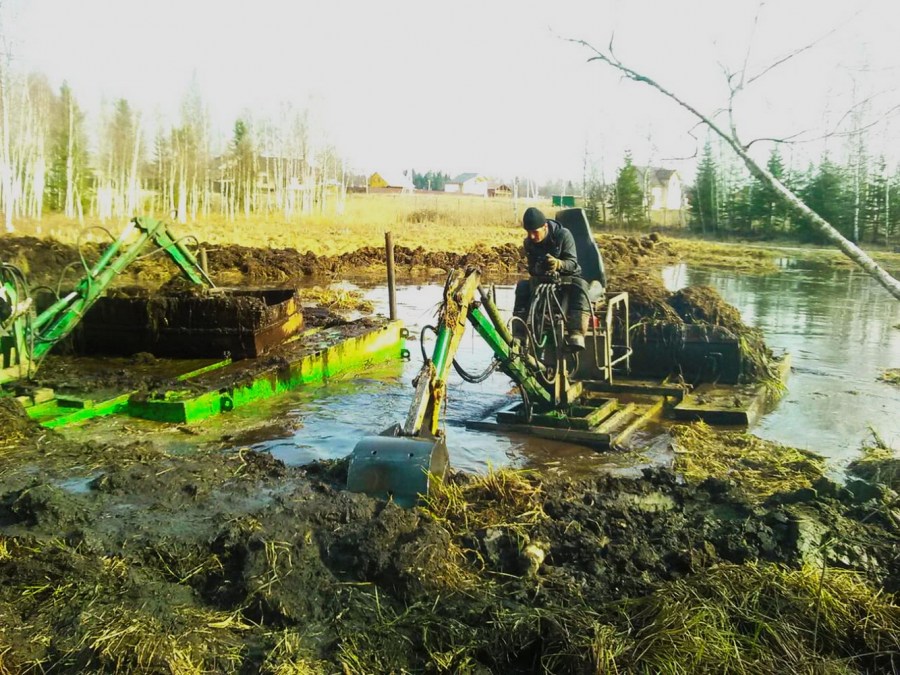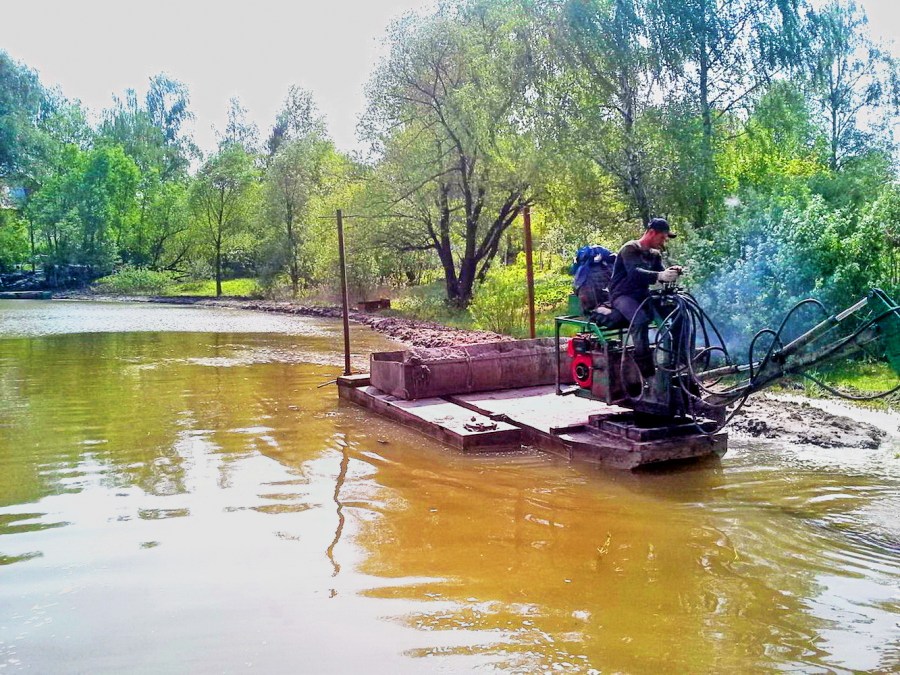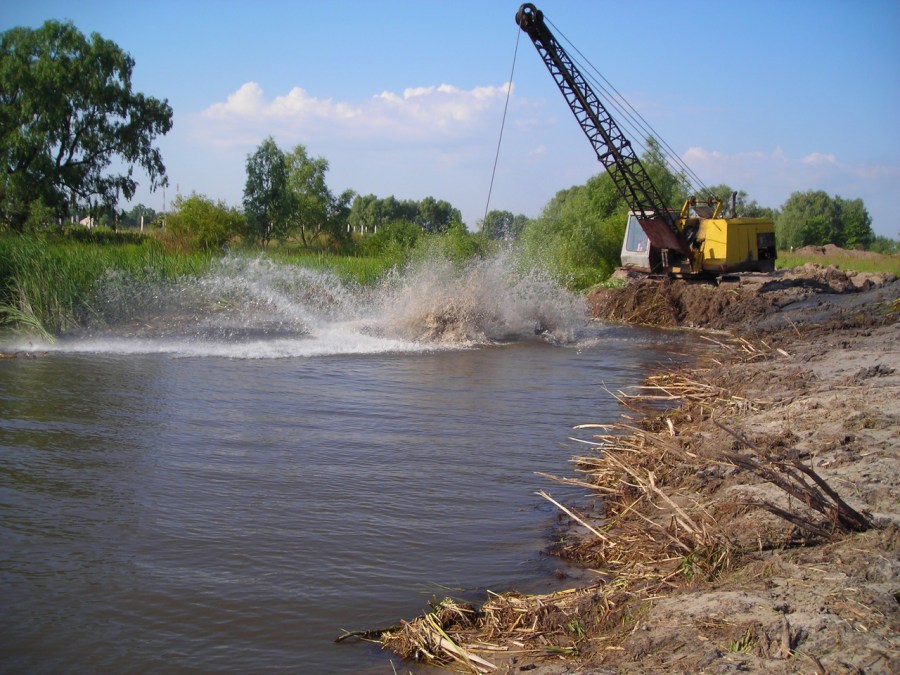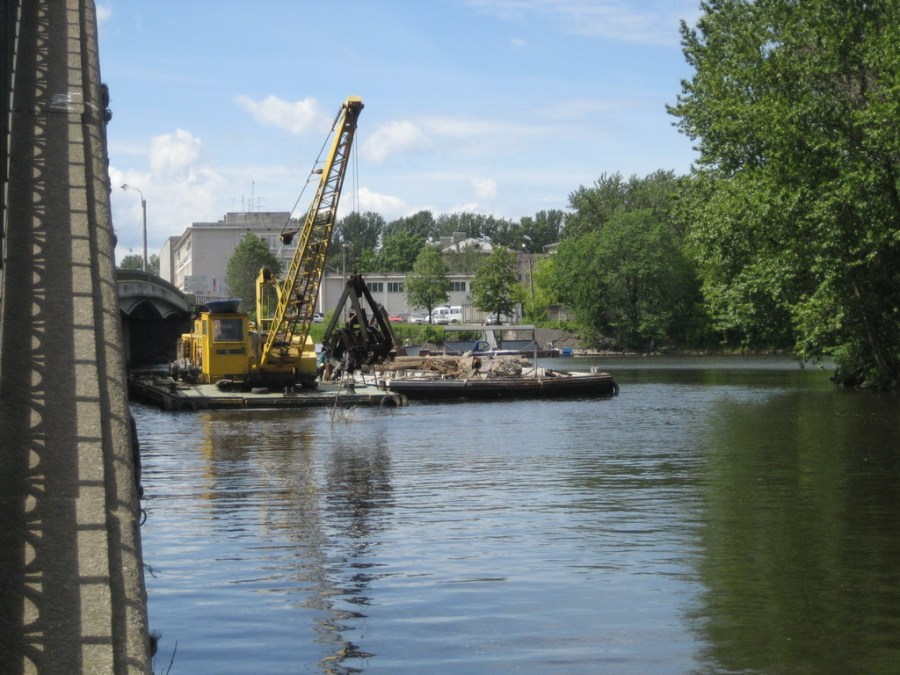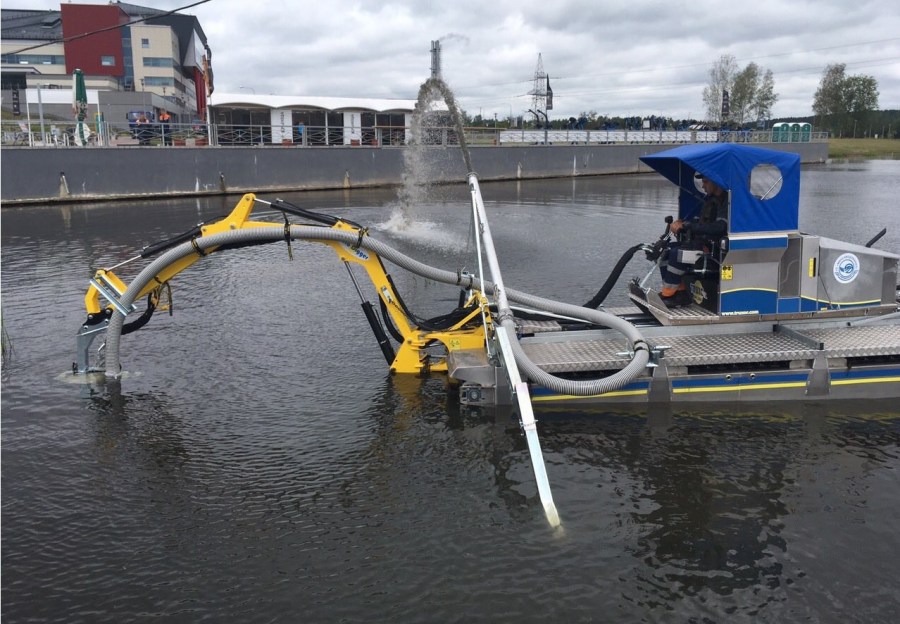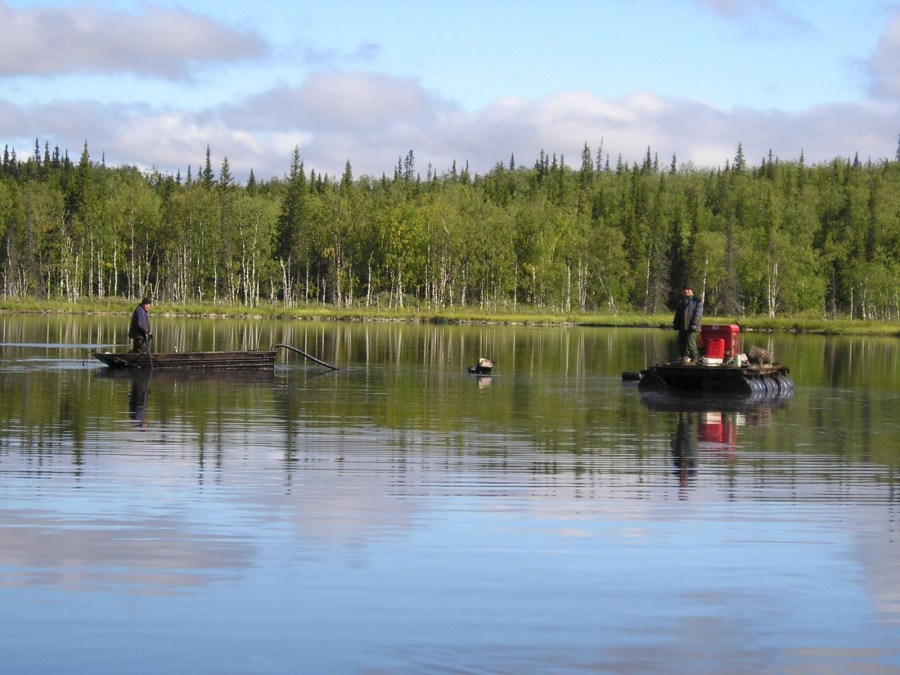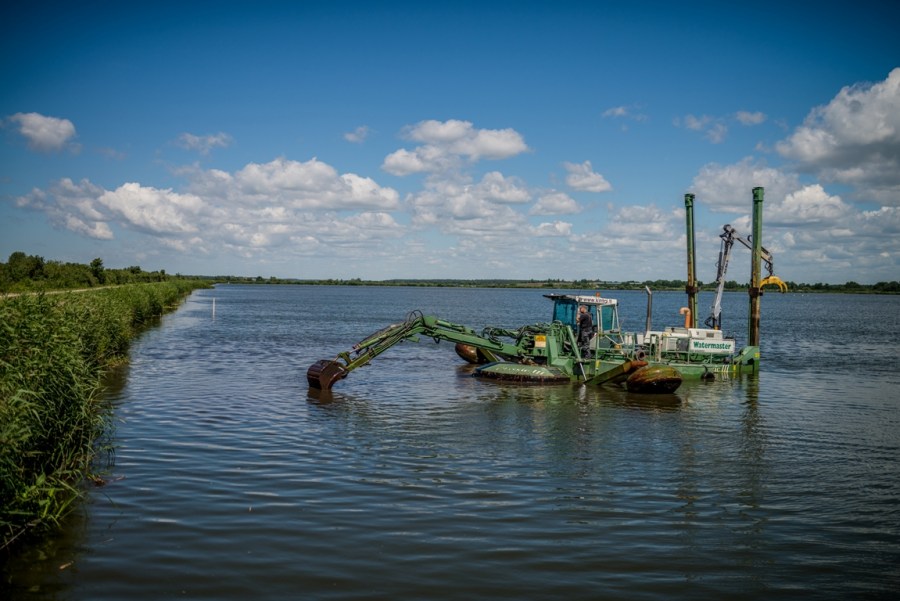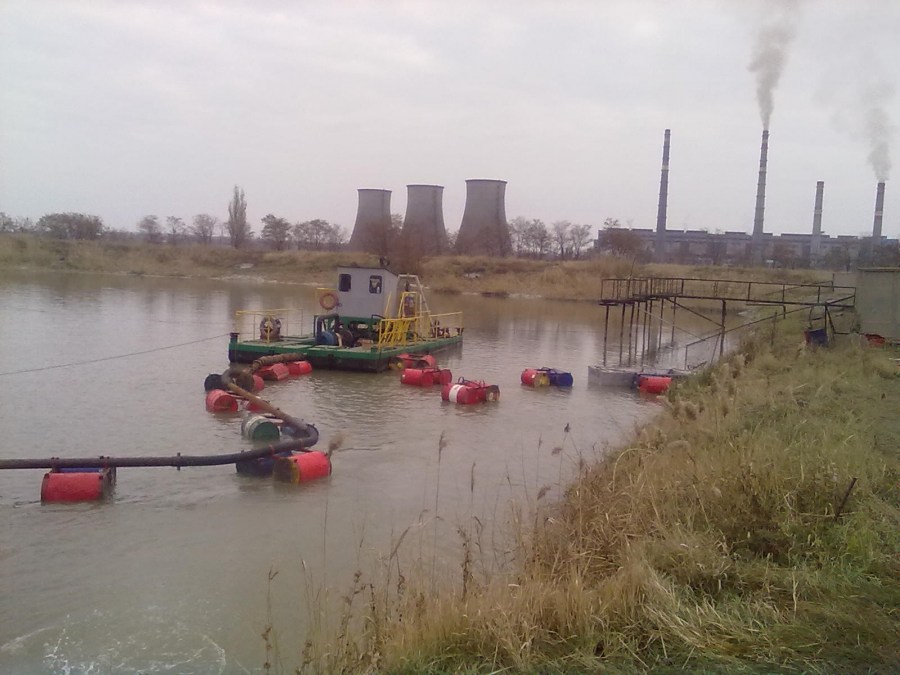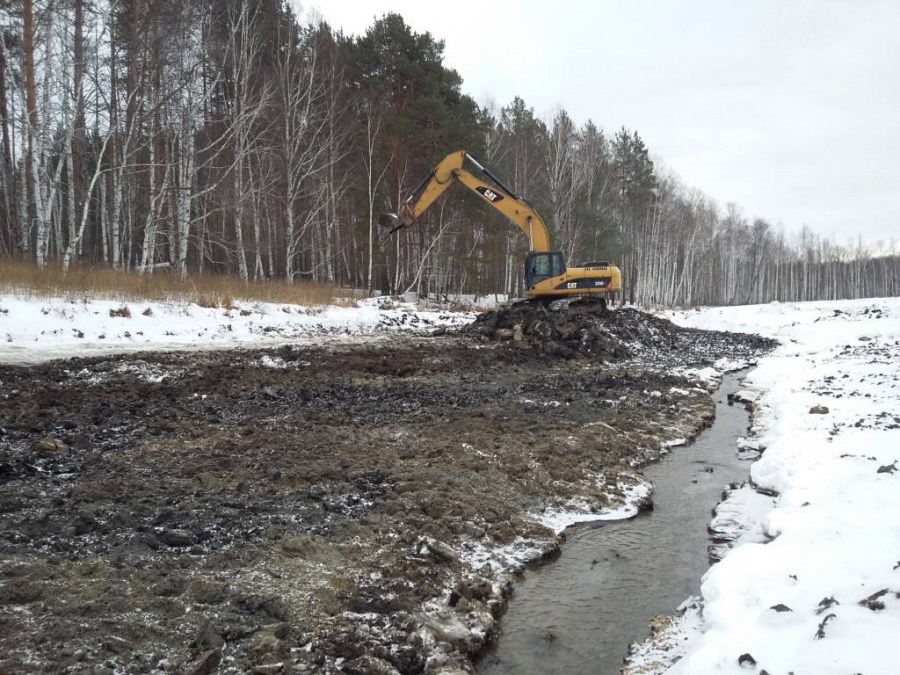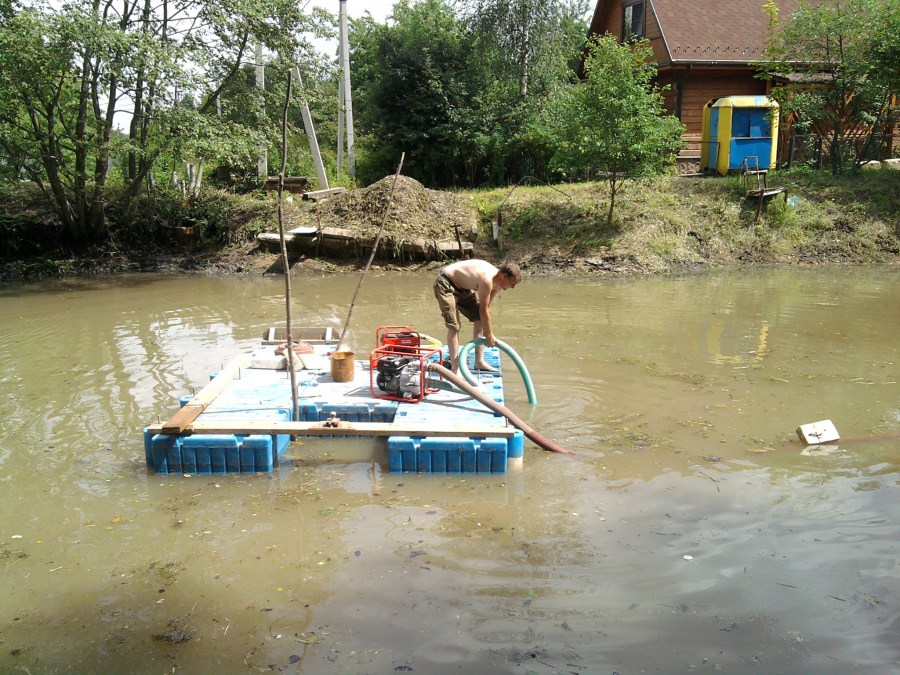Cleaning ponds - how to clean any pond with your own hands. 80 photos of the simplest and most effective solutions
The owners of water tanks, thinking about how to clean the reservoir without the help of specialists, think about replacing the water completely. Regular replacement of water is an unprofitable idea; from this, cleanliness should be maintained daily, regularly cleaning the reservoir of leaves, algae and other debris. Thus, you will make the pond neat and clean for a long time.
Cleaning the lake, carried out with some intervals, is the most important of the actions to form a competent landscape. Constant attention is necessary to low-flow and slow-flowing reservoirs. All that can get into these sources will remain there, changing the water composition and appearance of your lake.
Also, small lakes tend to silt and overgrow with different plants, from which the reservoir can gradually turn into a swamp.
Types of pollution
Pond pollution is divided into mechanical, chemical and biological.
Mechanical pollution is the accumulation in a pond of objects unusual for a given environment. This category usually includes household garbage.
Chemicals are mainly soluble in water, getting there in a liquid state or in a solid state.
Biological pollution does not have a clear concept. Pollution is a large accumulation of microorganisms in the lake. Biological can also include numerous occurrences of various bacteria in the pond.
In the photographs in the article, we can observe a reservoir contaminated with mechanical debris.
Disposal Methods in a Pond
Water treatment methods include five methods.
Mechanical cleaning method
The cleaning of the bottom of large reservoirs is carried out by a special dredger. The dredger can collect sludge from the bottom of the pond, thanks to a powerful soil pump. Under pressure, sludge at the same time as water is supplied through a pipeline system to specialized sludge cards.
These cards are created before cleaning the ponds, this is an area that is surrounded by a shaft on each side. Its scale should directly depend on the amount of deposits that are going to be extracted.
Long before the start of work, they study the soil at the bottom, remove large debris, metal objects to avoid damage to the equipment. Then they create a project, according to which the next work will be carried out, taking into account the smallest details.
The necessary materials and equipment are delivered to the place of work. Mount a piping system that leads to a map from a reservoir. After all of the above manipulations, cleaning may begin.
Biological treatment
The basis of the method are microorganisms, which, being in special containers, carry out the cleaning of ponds and other bodies of water. In small ponds, special preparations are used, the basis of which are the capabilities of various bacteria.
Also, powder can be sprayed onto water or a special solution can be added. The introduction of such substances increases the level of water transparency several times, thanks to the accelerated decay of rotting algae, the decomposition of the dead inhabitants of the reservoir.
Using such drugs to prevent a variety of pollution, it becomes possible to completely stop the humus processes of natural substances in the water, the same applies to the formation of sludge.
Chemical cleaning of reservoirs
The basis of the method is the addition to the pond of special reagents that are diverse in composition. They help to keep the acidity of water at the right level for the owners, and also participate in the decomposition of rotting algae.
Dry cleaning is a very effective way, however, it is worthwhile to understand that in this case, strict adherence to the dosage is necessary. Large doses harm the health of the inhabitants of the reservoir, as well as the person himself.
Planting useful plants in a pond will help you avoid the use of chemistry, they saturate water with oxygen, are called "Plants - Oxygen Generators". Such a plant is a bog.
Sorption method
Special zeolite minerals are also used here. They are placed in a specialized grid, and then laid in a pond. These minerals, in turn, rid the water of excess ammonium and phosphorus, after which the water reaches the desired chemical equilibrium.
Ultraviolet cleaners
Water purification from viruses, microalgae and bacteria is possible only with the help of this method. The basis of this method will be the effect of ultraviolet radiation on harmful organisms, while stopping their reproduction and growth.
With a large pond, two to three ultraviolet cleaners are installed. Inside the ultraviolet cleaner there is a lamp that is completely isolated from algae.
This type of cleaning is very useful for swimming pools, as it reduces the level of chlorine in it by twenty percent.
The main signs of water pollution
- Water changes color and becomes less transparent. Water loses its transparency, usually due to the excess amount of sand or clay that has fallen into it. Color may change due to the multiplication of various microorganisms in the pond.
- Bad smell. The pond starts to smell unpleasant, this is due to the multiplication of fungi and bacteria.
- Various plants abundantly grow in the pond.
These signs should be a signal that it is time to clean the pond. Otherwise, a neat little pond will gradually turn into a green swamp.
Change water completely
If repeated attempts to clean the pond do not give the desired result, this reservoir needs a complete water change. To do this, all the inhabitants should be moved to a safe place, then drained of water and begin full internal cleaning of the reservoir.
The transparency of water can be determined by the popular method, take a snow-white plate and lower it to a depth of about 10 centimeters, if the plate is not visible, then an urgent need to change the water.
Cleaning sludge deposits at the bottom of the reservoir are almost the main problems in this type of treatment, it is necessary to prepare a specially designated place where you will collect sludge deposits. Everyone knows that this place will no longer be fertile for other plants, due to the special composition of the silt.
Regular extra care
In order to avoid quick pollution, and subsequently the cost of full cleaning, it is worth regularly maintaining the appearance of the reservoir in a neat condition.
It is recommended to purchase a telescopic landing net for the pond and daily clean the surface of the water from debris, leaves and other objects that accidentally enter the reservoir. This will significantly improve the appearance of the pond and significantly slow down its pollution.
In autumn, as soon as leaf fall begins, you can pull a special net over the pond, the density of which is from one to two centimeters. Its function is to protect the pond from getting dry leaves and branches.
Photo tips for cleaning ponds
Guelder-rose: useful properties and contraindications. Recipes and recommendations.
Magnolia flowers: species description, 90 photos of beautiful magnolia in the garden
Join the discussion:
